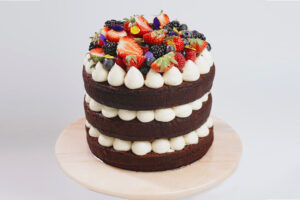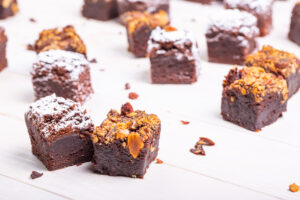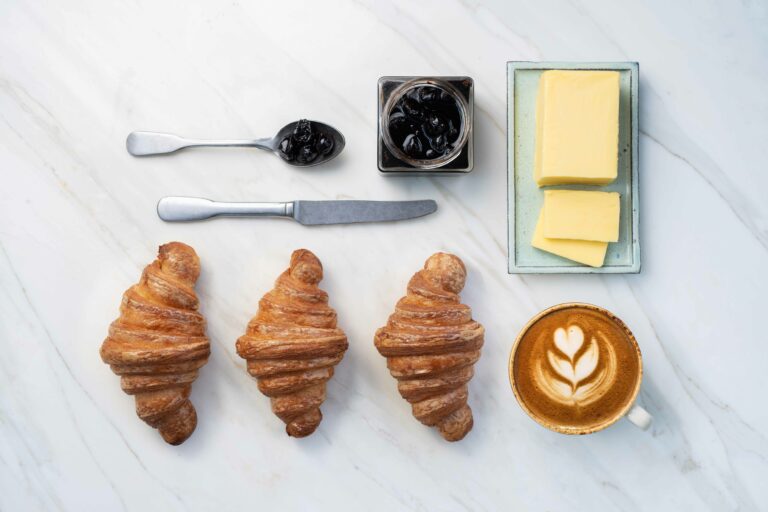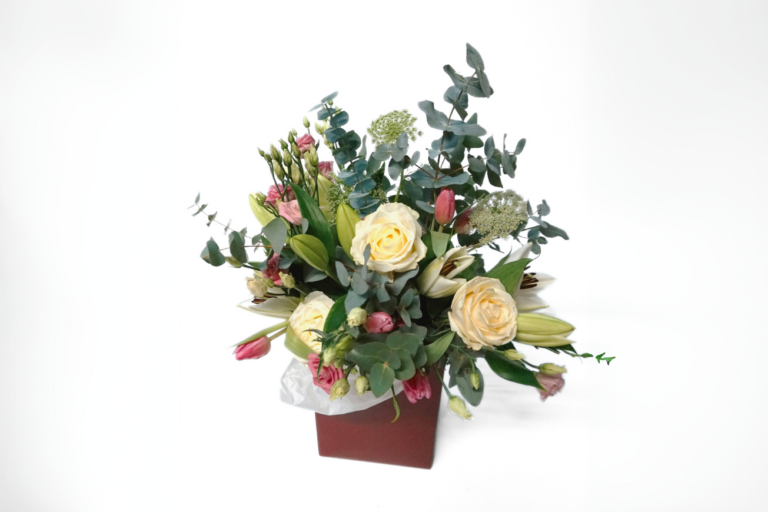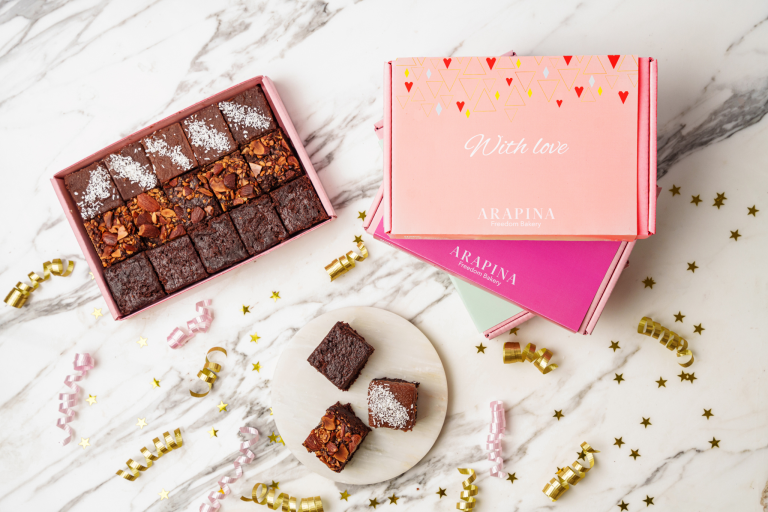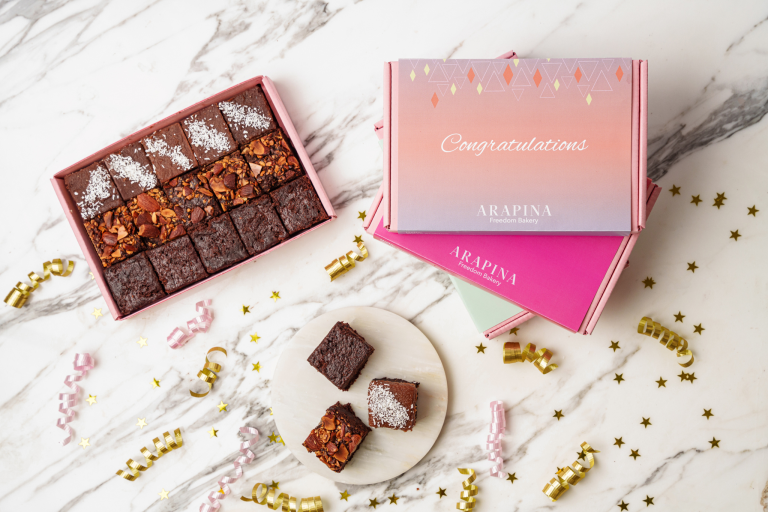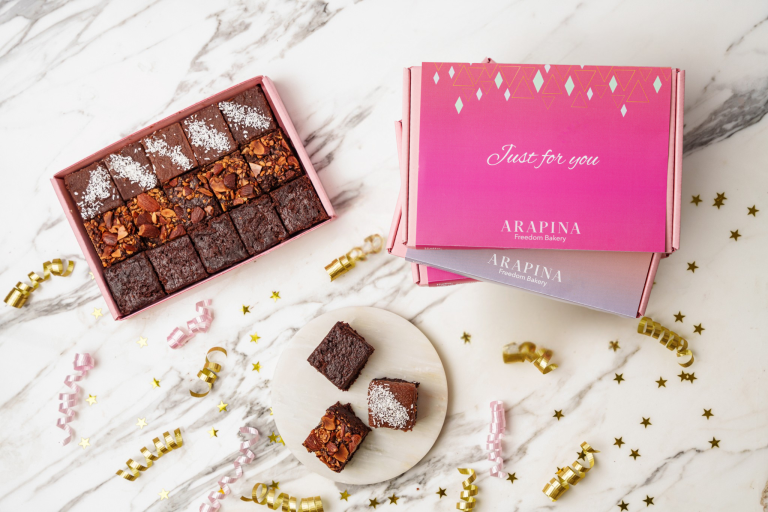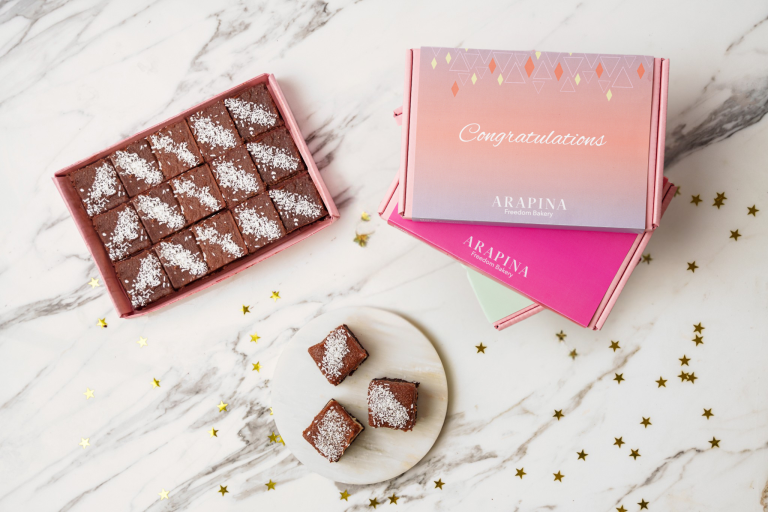Discover the joy of plant-based, gluten-free baking with this easy and healthy guide to creating moist and delicious vegan dessert sponges. Whether you’re crafting a lemon, orange, vanilla, or chocolate sponge, these expert tips ensure every bite tastes scrumptious rather than dry—without compromising on that sumptuous, tender crumb.
MAKE IT VEGAN
Step 1: swap Your dairy milk for vegan milk
The easiest place to start is with milk. Replace cow’s milk with a vegan alternative on a 1:1 ratio. For cakes, high-protein vegan milks like soy or oat milk usually give the best results because they help with structure and texture.
Pro tip: Be careful with stronger-flavoured options such as coconut or almond milk. Some carry a strong taste—or even an aftertaste—that may overpower your cake. If you want a neutral flavour, stick to soy or oat.
Step 2: replace butter with vegan butter
Butter contributes to richness and tenderness in cakes, and luckily, vegan butter works almost the same. Use it as a straight 1:1 replacement.
A word of caution: coconut oil is not the same as vegan butter. Unless a recipe specifically calls for coconut oil, it can change both the texture and flavour of your cake.
Step 3: replacing eggs (the tricky part!)
Eggs add binding, moisture, and lift, which makes them the hardest to substitute. But don’t worry – we’ve got you covered with this handy guide (see image above).
Here are some tried-and-true replacements:
- Chia seeds: 8g + 40ml water
- Ground flaxseed: 8g + 40ml water
- Pureed silken tofu: 60g
- Applesauce: 65g
- Mashed banana: 65g
- Avocado: 65g
- Coconut yogurt: ¼ cup
- Purée butternut squash: ¼ cup
- Aquafaba (chickpea water, whipped): 50g + 20ml water
Remember: there’s no universal 1:1 ratio. The best choice depends on the cake type:
- Light cakes (sponge, chiffon) → aquafaba or flax/chia eggs
- Dense cakes (chocolate, banana bread, carrot cake) → applesauce, banana, or avocado
- Rich and moist cakes (cheesecakes, brownies) → silken tofu or yogurt
MAKE IT GLUTEN FREE
- Use a mix of gluten-free flours
One foundational tip: never rely on a single-origin gluten-free flour. Each flour brings unique strengths and weaknesses—rice flour can be gritty, tapioca lacks structure, almond flour (though nut-based) can crumble, and sorghum may taste earthy. Combining them – say, brown rice flour, sorghum flour, tapioca starch, and cornstarch – creates a balanced texture, giving you both tenderness and structure. The grains complement one another, balancing absorbency, flavour, and crumb.
Flour blend idea:
- 30% brown rice flour (structure)
- 25% sorghum or millet flour (mild flavour)
- 25% tapioca starch (chewiness, spring)
- 20% cornstarch (lightness)
Experiment within this range for your preferred crumb softness and strength.
- Mix well your batter
In gluten-free and vegan cakes, mechanical mixing is key. Without gluten or eggs, batter needs extra attention to incorporate air and ensure hydration. Mix thoroughly—but gently once you’ve reached a smooth consistency. Overmixing can still introduce too much air or uneven hydration, leading to collapse. Aim for a silky, evenly moistened batter that holds light peaks.
- Choose smooth sponges: white or chocolate
For best results, focus on smooth, traditional flavours: white (lemon, orange, vanilla) or chocolate sponges. These profiles lend themselves to tenderness and moisture. Avoid already grainy sponges like those based on nut meals or desiccated coconut—they introduce textural grit and dryness that’s harder to mask, even with syrups or frostings.
- Layer in flavoursome buttercreams & joy
Nothing brings vegan and gluten-free cakes to life like rich, flavourful buttercreams and extra “layers of joy.”
- Use whipped vegan butter (or vegan margarine) plus powdered sugar and a splash of dairy-free milk to make luxurious vanilla buttercream.
- Or go decadent with chocolate ganache (blend dairy-free chocolate and coconut cream).
- Add caramel, jams, or bright lemon curd between layers to amp up taste, moisture, and visual appeal. These elements keep the cake from drying out – and deliver unforgettable flavour.
- Use syrups to “Bring it all together”
A clever syrup brushed onto each sponge layer can transform the texture. Try a simple syrup (equal parts sugar and water, heated until dissolved), flavoured with lemon zest, vanilla, or orange juice. After the sponge bakes and cools slightly, gently poke holes or slice away a thin crust and brush the syrup across the surface. This adds both flavour and essential moisture, helping hold the cake together and intensifying taste.
Putting it all together: a quick workflow
- Preheat and prep: Preheat oven. Tape or line your pan for easier release.
- Blend your flours: Use a balanced gluten-free flour mix—see suggestions above.
- Add wet ingredients: Combine with vegan milk, oil, maybe flax “egg,” sugar, and flavouring.
- Mix well: Use a whisk or mixer to get an even, aerated batter.
- Bake a lemon/orange/vanilla or chocolate sponge—avoid nut/coconut mixes.
- Make syrup: Heat water + sugar and flavour.
- Cool and gently brush the sponge with syrup.
- Layer frosting: Apply vegan buttercream, chocolate ganache, caramel, jam, or curd.
- Assemble: Repeat sponge + syrup + filling as desired.
- Chill (if needed): Allow frosting to set if it’s soft.
Troubleshooting by flavour profile
Lemon sponge
- Too tart → reduce lemon juice, keep zest for aroma.
- Too dry → lemon juice can cut moisture; add 1 tbsp extra oil.
- Tip: Brush layers with lemon syrup for balance.
Orange sponge
- Bitter aftertaste → use zest sparingly (white pith is bitter).
- Dense → orange juice is heavier than lemon; reduce milk by just 2 tbsp, not more.
- Tip: Pair with chocolate ganache for moisture and contrast.
Vanilla sponge
- Bland → use double vanilla (extract + vanilla bean paste).
- Dry crumb → vanilla doesn’t add moisture; brush with vanilla syrup.
- Tip: Pair with strawberry jam + vanilla buttercream for depth.
Chocolate sponge
- Dry or crumbly → cocoa absorbs liquid; add 2 extra tbsp milk.
- Flat taste → bloom cocoa with 2 tbsp hot water before mixing into batter.
- Tip: Use chocolate syrup or coffee syrup soak for richness.
By combining different gluten-free flours, mixing the batter thoroughly, choosing a smooth white or chocolate base, layering in flavoursome buttercreams, ganache, jams, or curds, and using syrups to keep things moist—this plant-based, gluten-free, vegan dessert transforms into something truly moist and delicious. Baking worry-free has never tasted so good!



